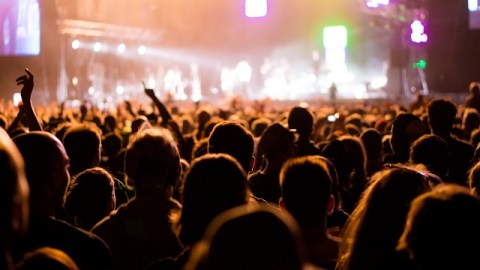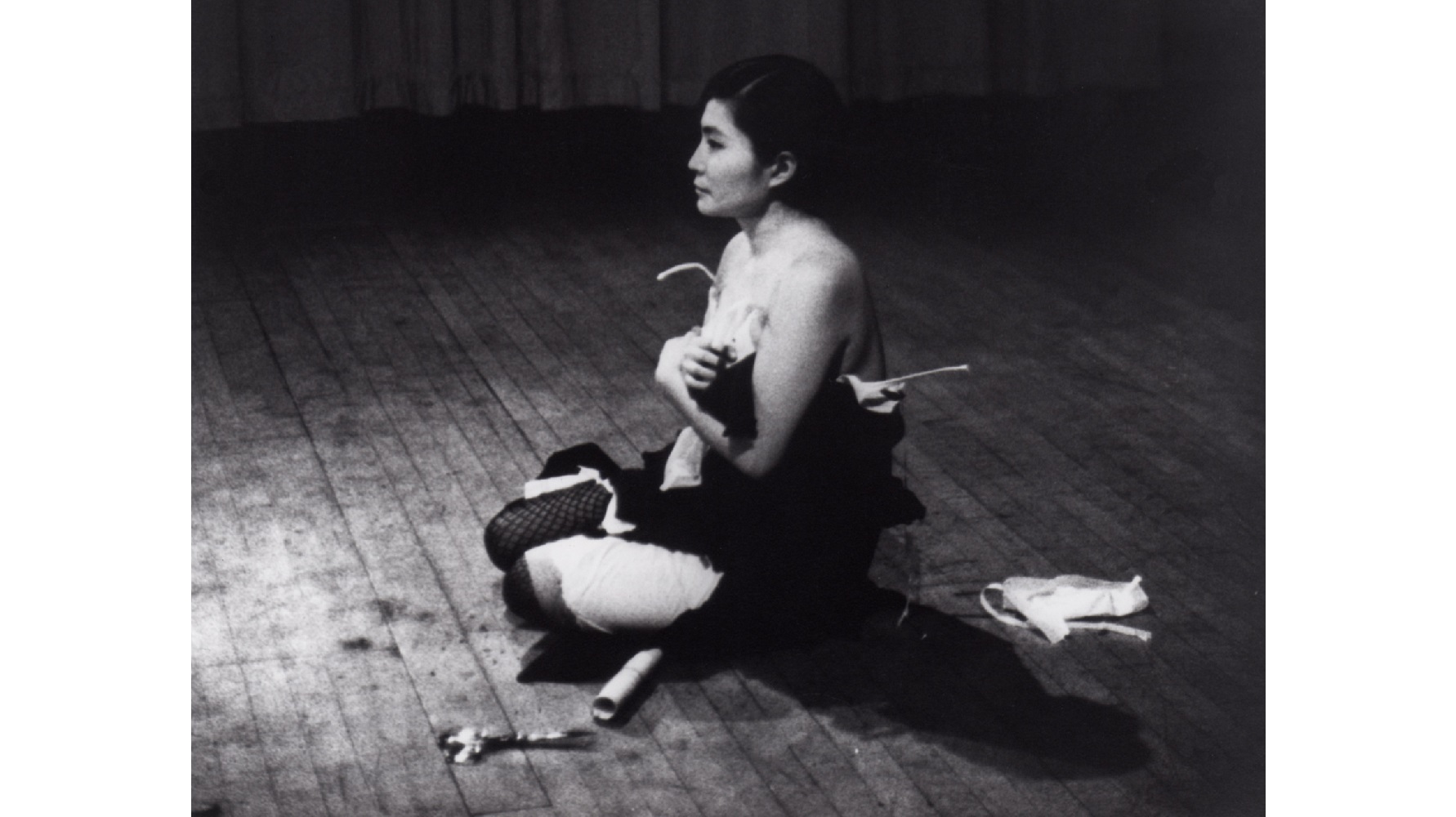Musicians To Audiences: Please Put Down Your Smartphones

What’s the Latest Development?
If you’ve been to a live concert at any decent-sized venue in the last few years, you probably have witnessed fellow audience members pulling out their smartphones to record the performance. More artists and fans are starting to speak out against this practice in different ways ranging from leaving the stage — as pianist Krystian Zimerman did earlier this month during a performance in Germany — to, in the case of the band Yeah Yeah Yeahs, posting notes asking audience members to refrain from filming “as a courtesy to the person behind you and to [the band].”
What’s the Big Idea?
Ultimately it’s the responsibility of artists’ record companies to monitor and block unauthorized recordings, says Complete Music Update’s legal expert Chris Cooke. If a ticket’s terms prohibit filming, technically they can sue violators for breach of contract. Meanwhile, some companies are considering using fan footage along with “a decent capture of the sound from the sound deck.” One musician, Charlatans lead singer Tim Burgess, understands why some people like to record live shows, but he suggests that fans forgo the smartphone for the “recording device in [their] brains.”
Photo Credit: Shutterstock.com





